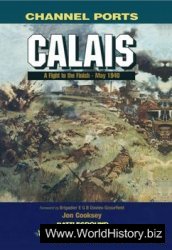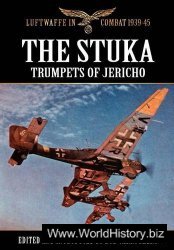The Chinook, like their Northwest Coast neighbors, constructed rectangular houses of cedar planks, but they

Chinook paddle
Placed them partly underground over pits, an architectural style more common to the Plateau. They also built temporary mat shelters when on the trail, again similar to those of the Plateau peoples. The Chinook carved large dugout boats, as did their coastal neighbors, but they did not make large totem poles. They were known instead for their horn carvings, made from the horns of bighorn sheep and other animals. They practiced the potlatch, a system of exchanging gifts, as did all Northwest Coast peoples, but they did not have the many secret societies common to the area. The Chinook depended on salmon as a food staple, as did both Northwest Coast and Plateau tribes. But they were less dependent on sea mammals as a food source than were their coastal neighbors.
The river was the primary domain of the Chinook as it was for the Plateau Indians along the upper Columbia. The Chinook even charged other Indians tolls to paddle through their territory.
Of all the tribes of the southern Northwest Coast, the Chinook were the most famous traders. Like the TLIN-GIT to the north, they acted as middlemen among many different tribes. They used dentalia (tooth shells)— hiaqua to the Chinook—as a form of money and dealt in dried fish, fish oil, seal oil, furs, dugouts, cedar boards, cedar bark, mountain sheep horns, jadeite, copper, baskets, other goods, and even slaves. The Chinookians

Chinook bowl made from the horn of a bighorn sheep
Developed a special trade language, a mixture of local languages, to carry out their bartering.




 World History
World History









